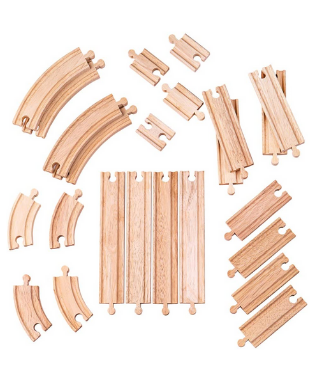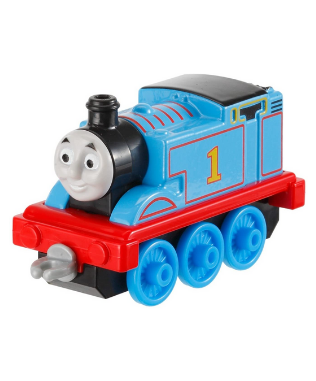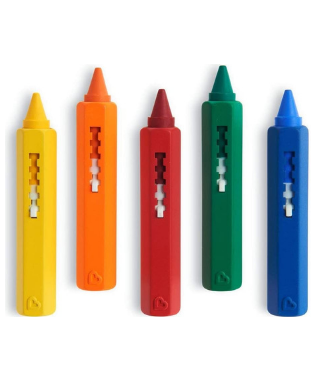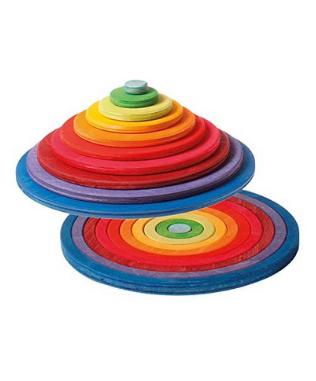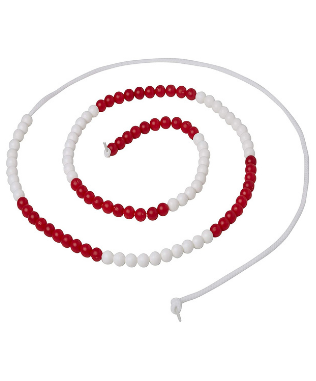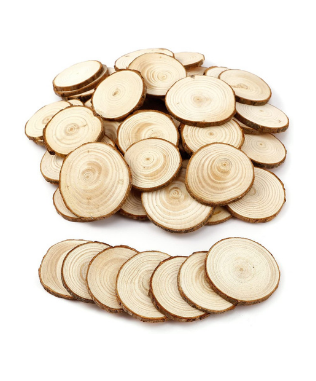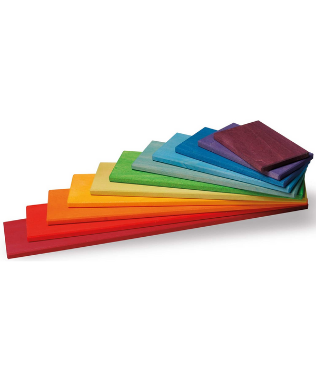We had some very exciting news to share with the boys. But rather than just tell them, they had to crack the code, using their maths knowledge.
Resources
- Wooden train track
- Thomas Trains
- Bath crayons
- Number line
- Whiteboard pens
- Grimms concentric rings
- Numicon
- 100 bead string
- Log slices with numbers written on
- Grimm’s boards
Problem solving
Ioan explained what they had to do:
Problem 1
Use the number line to solve 24-13
Ioan checked Finny’s understanding of number lines, by asking, “When you’re taking away, does it go bigger or smaller?”
Problem 2
Complete the part-whole model
Ioan: “You need to find the number that these numbers make, so the easiest way is to join them up…”
Problem 3
Complete the number sentence
First they worked out how many green trains there were.
Then they moved on to the red trains.
Finny completed the number sentence for us.
Problem 4
Use the 100 bead string to work out 1+2+3+4+5
Finny read the question and thought he knew the answer was 15. Ioan worked out the answer using the bead string and then Finny went on to demonstrate how he had known the answer, using his magnatiles.









Problem 5
Find half of the trains
Ioan suggested taking turns to pick one train each.
Problem 6
Complete the bar model
Ioan: “This is like the part-part-whole model, but square.”
Cracking the code
Finding the corresponding letters
Finny drove the train back along the track, telling Ioan the numbers they had found as their answers. Ioan used the numbers to find the corresponding letters.






Putting all the letters together
This was the moment they put all the words together.
Finn’s biggest disappointment during lockdown, was that Thomas Land was closed. We took Ioan there for an end of preschool treat. We don’t tend to go to theme parks, so Finny had been counting down to his trip to Thomas Land for two years. His end of preschool was very anti-climatic, with us not realising that his last session would be his last ever. A trip to Thomas Land was the way that signified finishing preschool and getting ready for school.
DfES Outcomes for EYFS and National Curriculum (2013)
Mathematics Year 1 programme of study
Number – number and place value
- identify and represent numbers using objects and pictorial representations including the number line, and use the language of: equal to, more than, less than (fewer), most, least
- read and write numbers from 1 to 20 in numerals and words.
Number – addition and subtraction
- read, write and interpret mathematical statements involving addition (+), subtraction (–) and equals (=) signs
- represent and use number bonds and related subtraction facts within 20
- add and subtract one-digit and two-digit numbers to 20, including zero
- solve one-step problems that involve addition and subtraction, using concrete objects and pictorial representations, and missing number problems such as 7 = _ – 9.
Number – fractions
- recognise, find and name a half as one of two equal parts of an object, shape or quantity

















